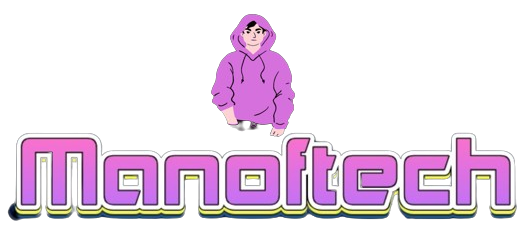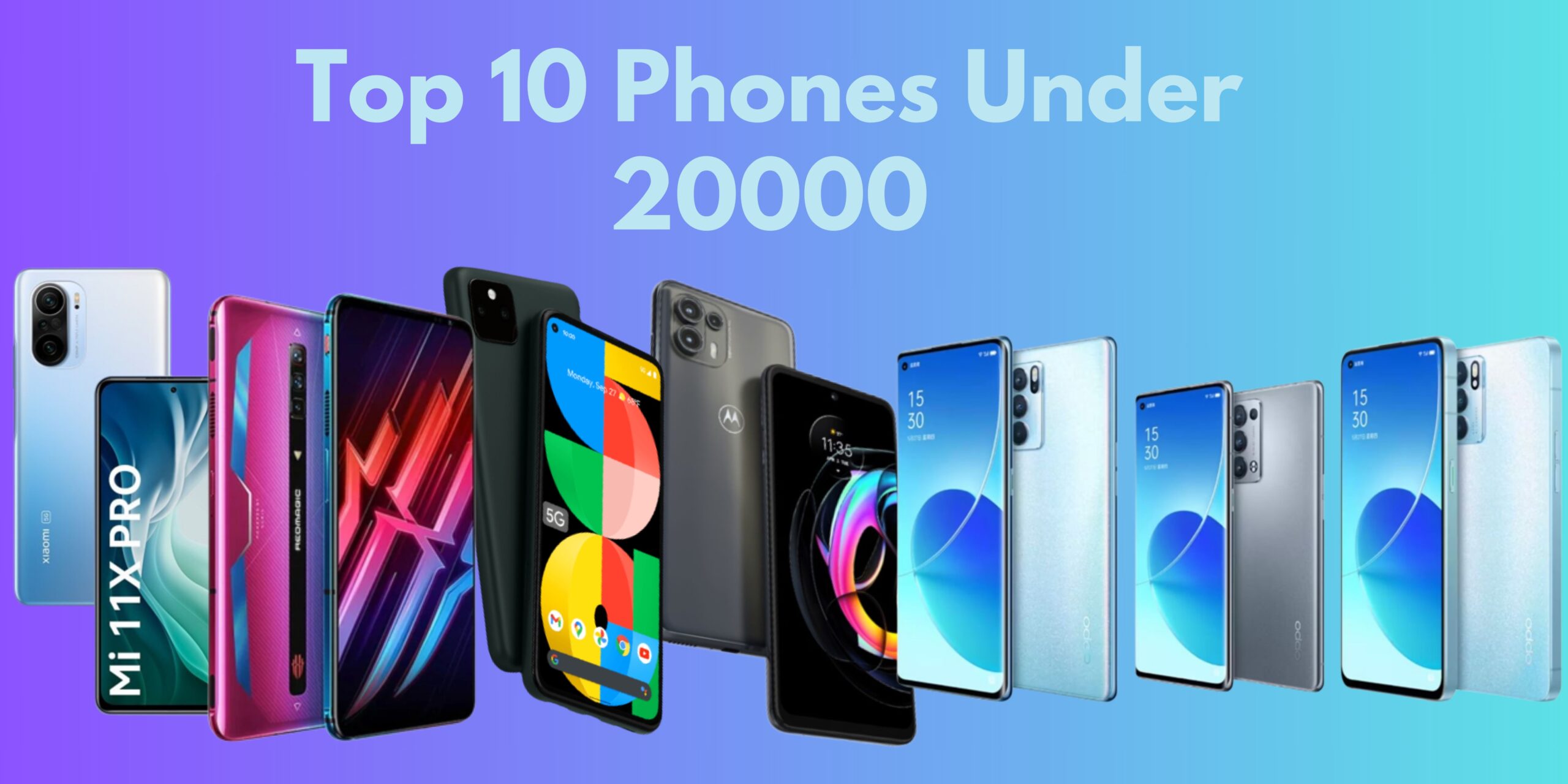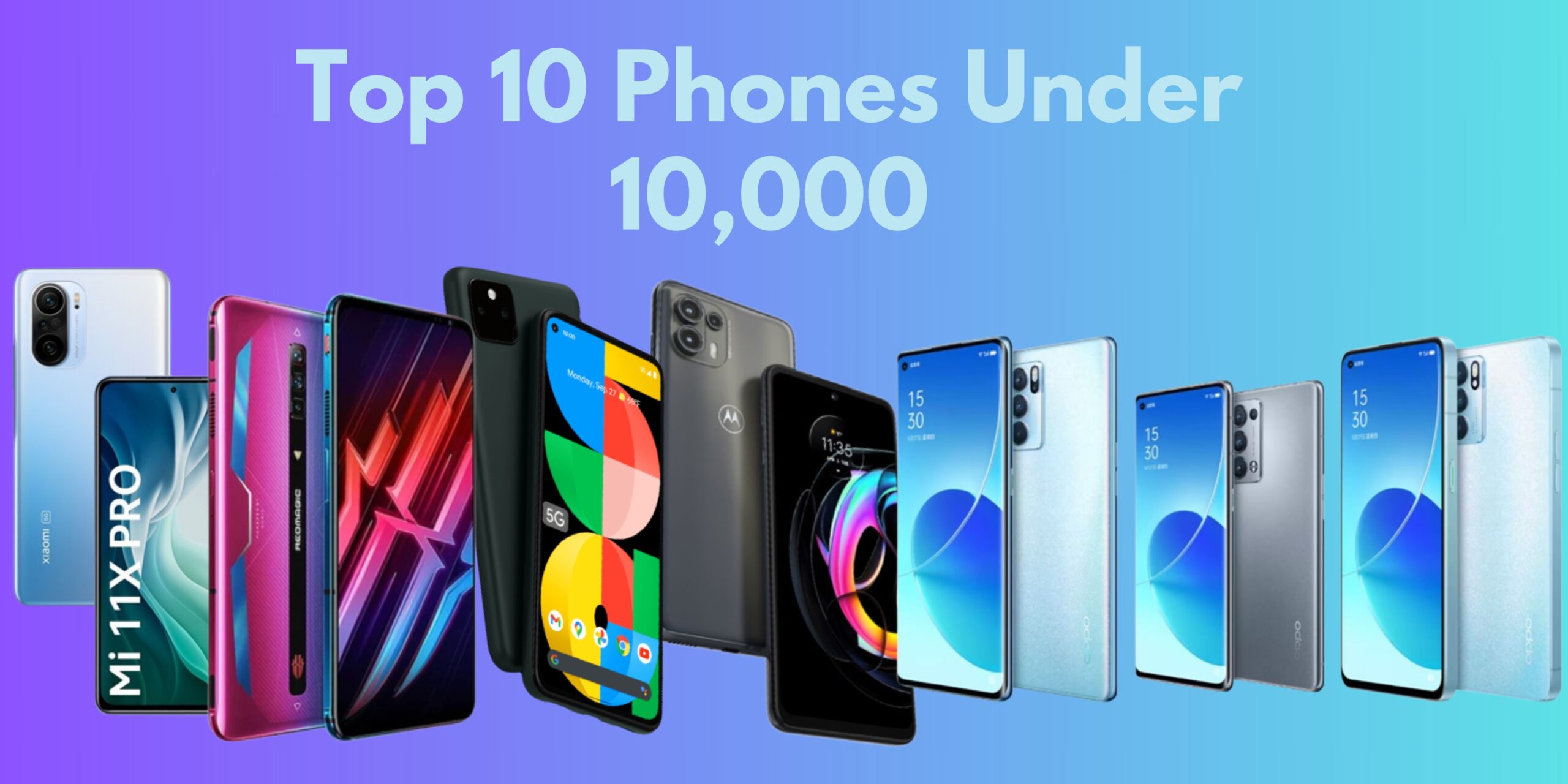In the realm of textiles, a transformative wave of innovation is unfolding with the advent of Smart Fabrics and Textile technology. This article delves into the cutting-edge advancements reshaping the textile industry, from fabrics that respond to environmental conditions to wearable technologies that seamlessly integrate into our daily lives.
Smart Fabrics and Textile Technology
Smart fabrics are materials infused with technology that enhances their functionality beyond traditional textiles. These textiles incorporate sensors, actuators, and connectivity to provide novel features such as responsiveness to stimuli, data collection, and integration with electronic devices.
Applications in Wearable Technology
Health Monitoring Apparel: Smart fabrics have revolutionized health monitoring by integrating sensors into clothing. Wearable garments can monitor vital signs, track physical activity, and provide real-time health data, offering a proactive approach to healthcare.
Interactive Clothing: The intersection of fashion and technology is epitomized by interactive clothing. Smart fabrics embedded with LED lights, conductive threads, and touch-sensitive materials allow wearers to express creativity and customize their apparel’s appearance.
Environmental Sensing Textiles
Adaptive Climate Control: Smart textiles equipped with environmental sensors can adjust their properties based on external conditions. For instance, fabrics with thermal regulation capabilities can adapt to temperature changes, providing comfort in various climates.
Pollution Monitoring: Textiles embedded with pollution-sensing technologies contribute to environmental awareness. These fabrics can detect pollutants in the surrounding air, raising awareness about air quality and promoting sustainable living practices.
Energy-Harvesting Textiles
Solar Textiles: Innovations in energy-harvesting textiles include the integration of solar cells into fabric. These solar textiles capture sunlight and convert it into energy, offering a sustainable power source for wearable devices or even charging personal electronics.
Piezoelectric Fabrics: Piezoelectric materials in textiles generate electrical energy through mechanical stress. Fabrics incorporating piezoelectric elements can convert body movements into energy, potentially powering small devices or sensors.
Challenges and Solutions
Durability and Washability: Ensuring the durability and washability of smart fabrics poses challenges. Researchers are developing techniques to protect electronic components and enhance the longevity of smart textiles, making them suitable for everyday use.
Integration with Fashion Design: Seamless integration with fashion design is crucial for the widespread adoption of smart fabrics. Collaboration between technologists and fashion designers is essential to create aesthetically pleasing, functional garments that appeal to consumers.
Sustainable Textile Innovations
Recyclable Smart Textiles: In the pursuit of sustainability, researchers are exploring recyclable materials for smart textiles. Developing fabrics that can be easily disassembled and recycled contributes to reducing environmental impact.
Green Manufacturing Processes: Smart textile manufacturers are embracing eco-friendly production methods. Incorporating sustainable practices, such as reduced water usage and non-toxic dyeing processes, aligns with the growing demand for environmentally conscious products.
Future Prospects
Intelligent Fabrics in Sports and Fitness: The future holds exciting prospects for the integration of smart fabrics in sports and fitness. From monitoring athletic performance to providing real-time feedback on training routines, intelligent textiles are poised to revolutionize the sports industry.
Smart Fabrics in Healthcare: Advancements in health-monitoring textiles may lead to smart garments that assist in the early detection of medical conditions. Wearable fabrics capable of continuously monitoring health parameters offer the potential to enhance preventive healthcare measures.
Smart Fabrics and Textile Technology are ushering in an era where clothing goes beyond being a mere covering. From interactive fashion statements to textiles that adapt to environmental conditions, the possibilities are vast. As technology continues to converge with textiles, the integration of smart fabrics into our daily lives holds the promise of a more connected, comfortable, and sustainable future. Embracing these innovations requires a harmonious collaboration between technology pioneers, textile experts, and fashion visionaries to weave a fabric of tomorrow that seamlessly integrates intelligence into the very fabric of our lives.


